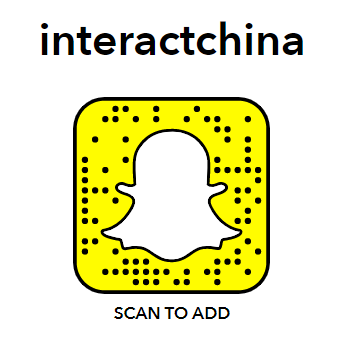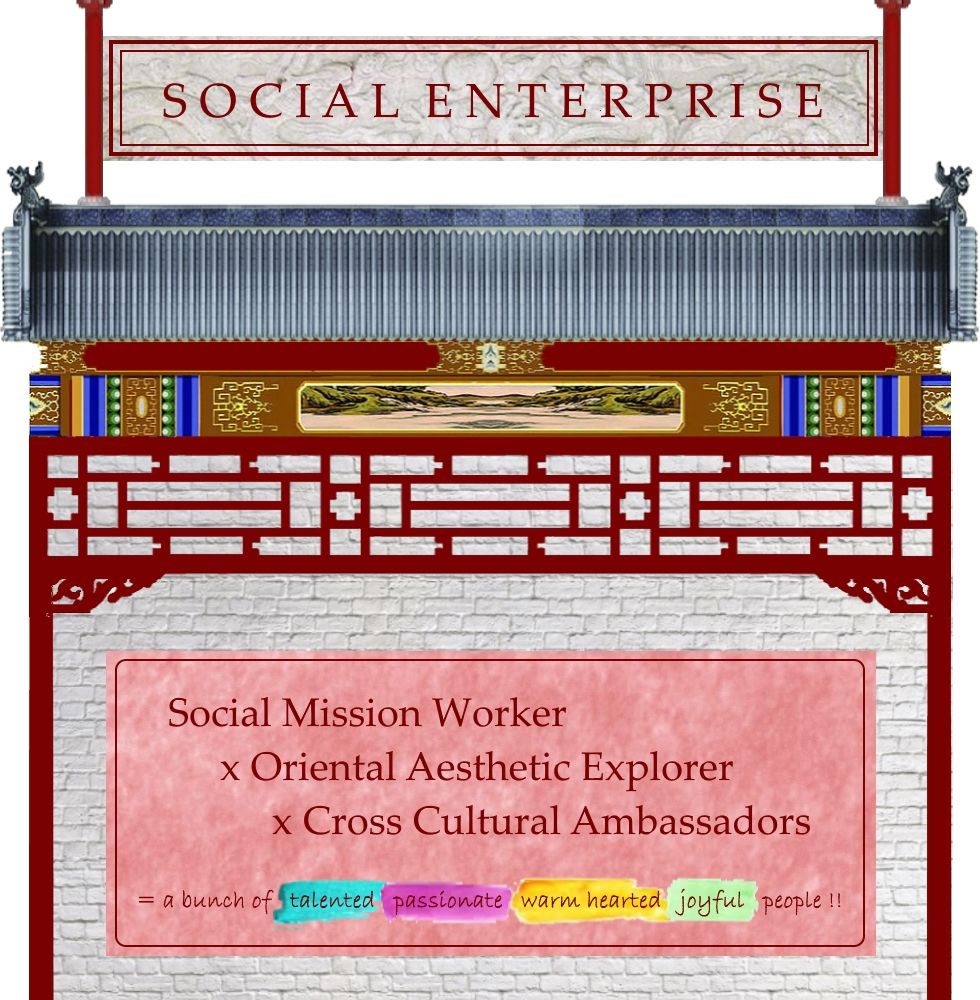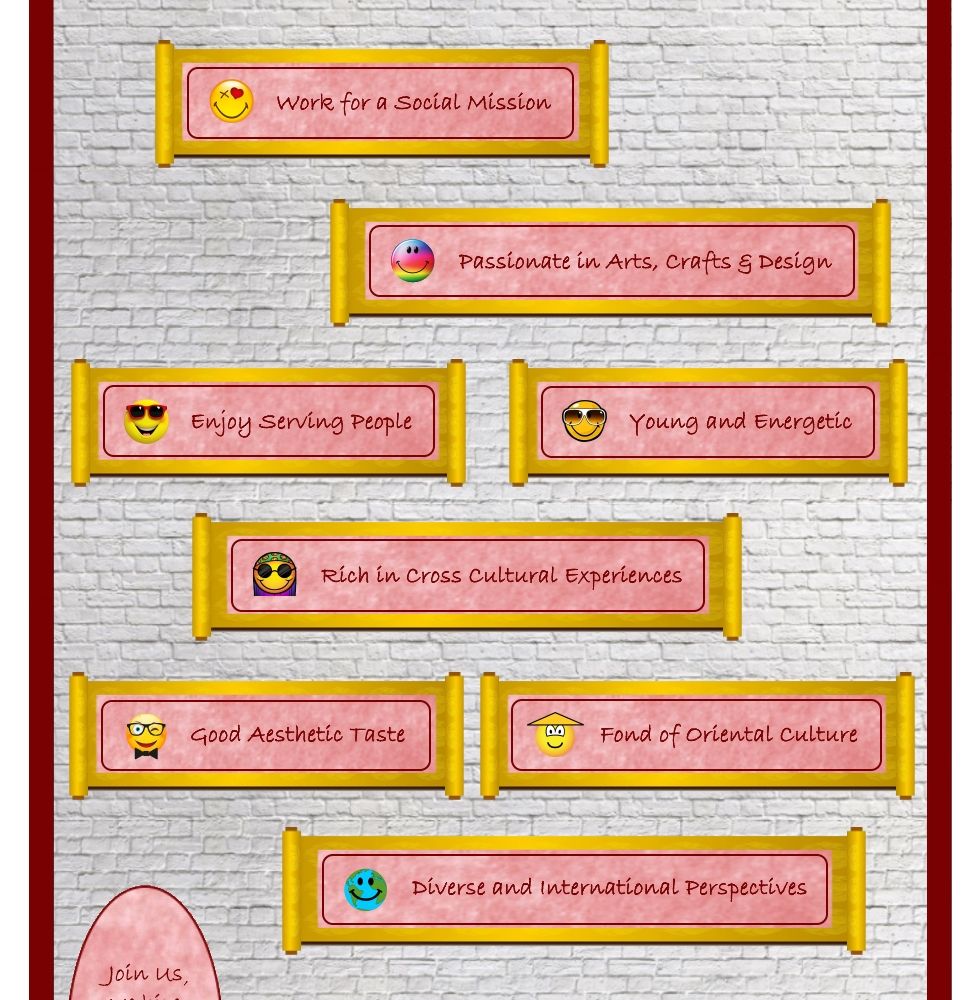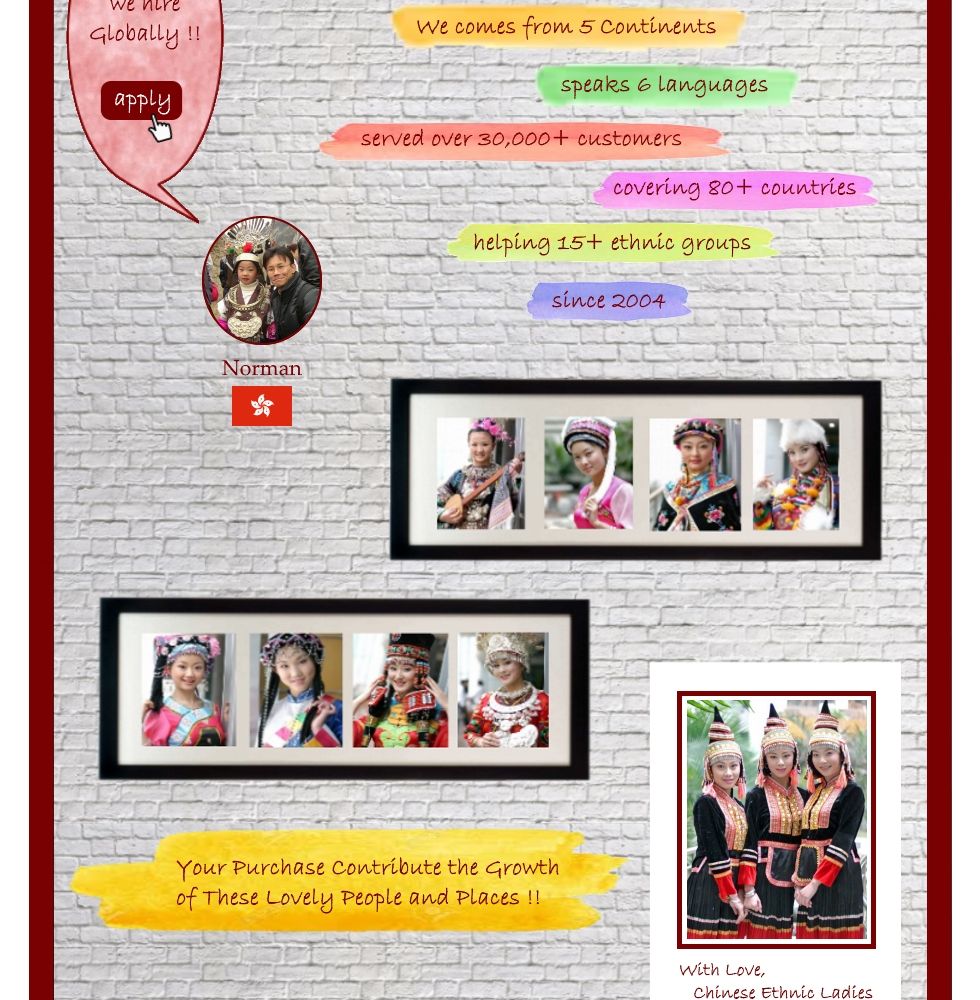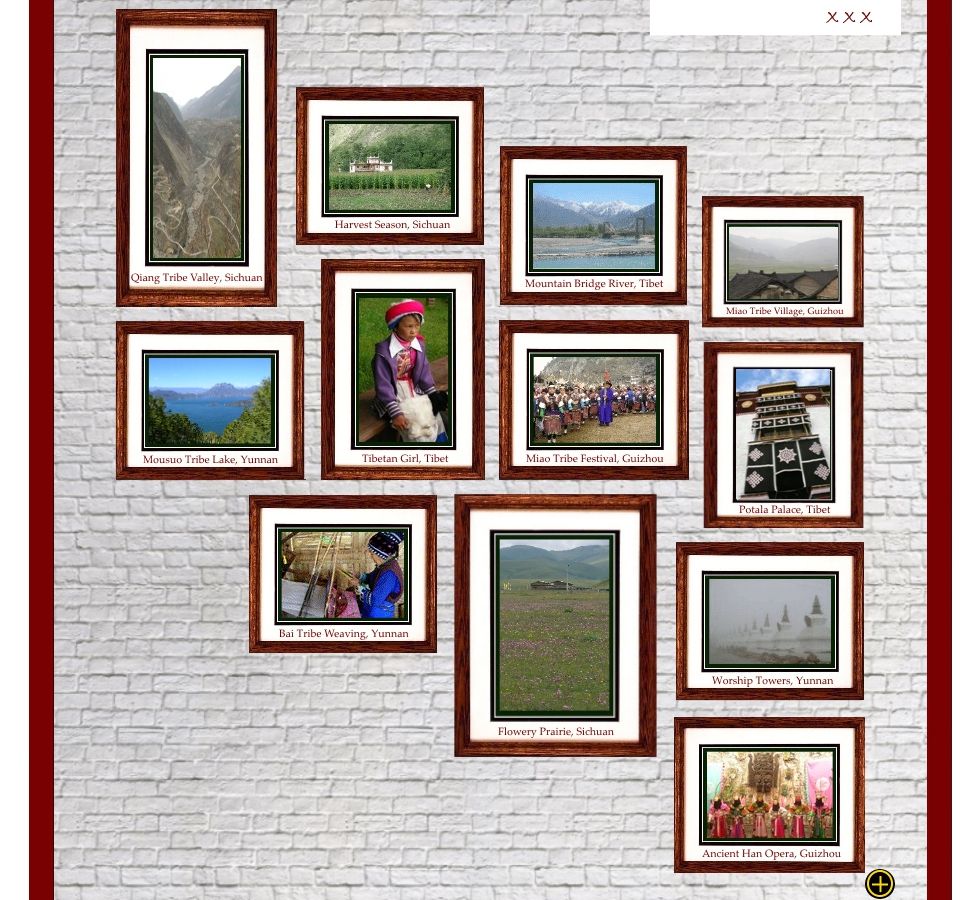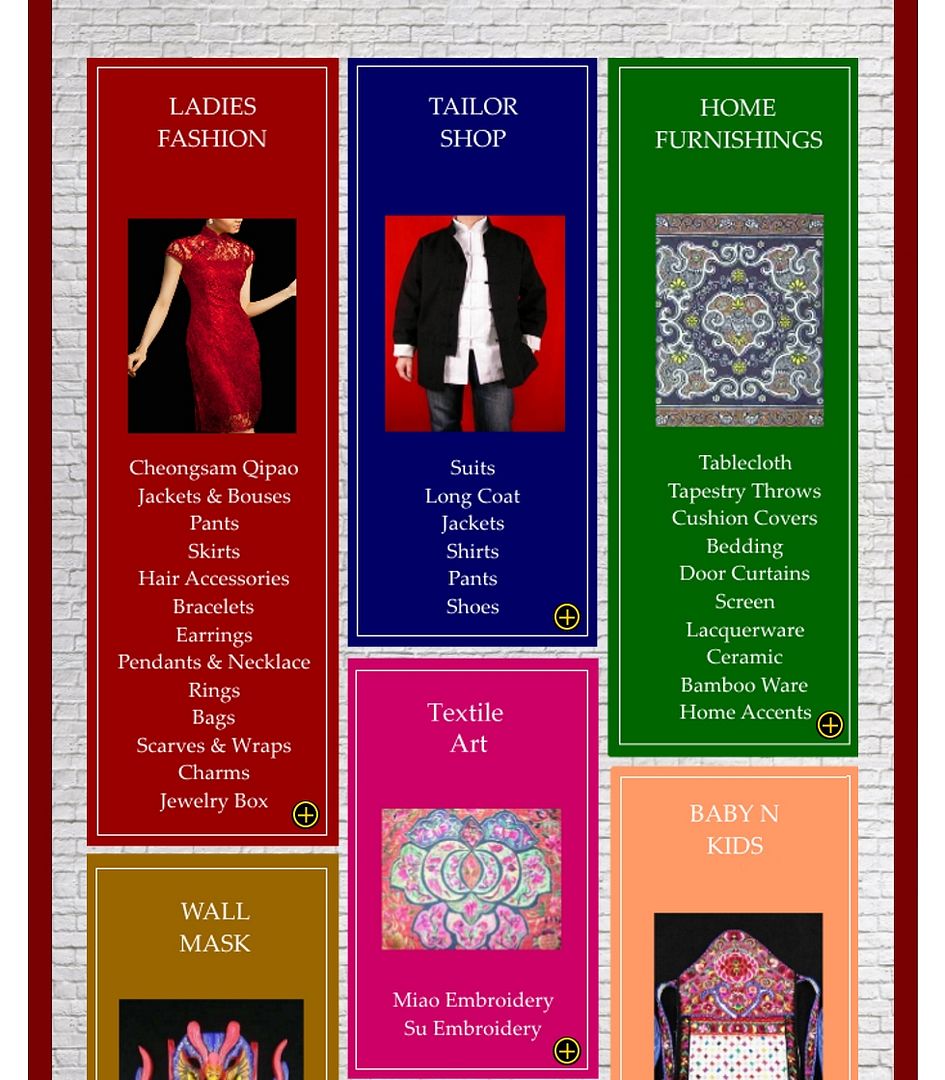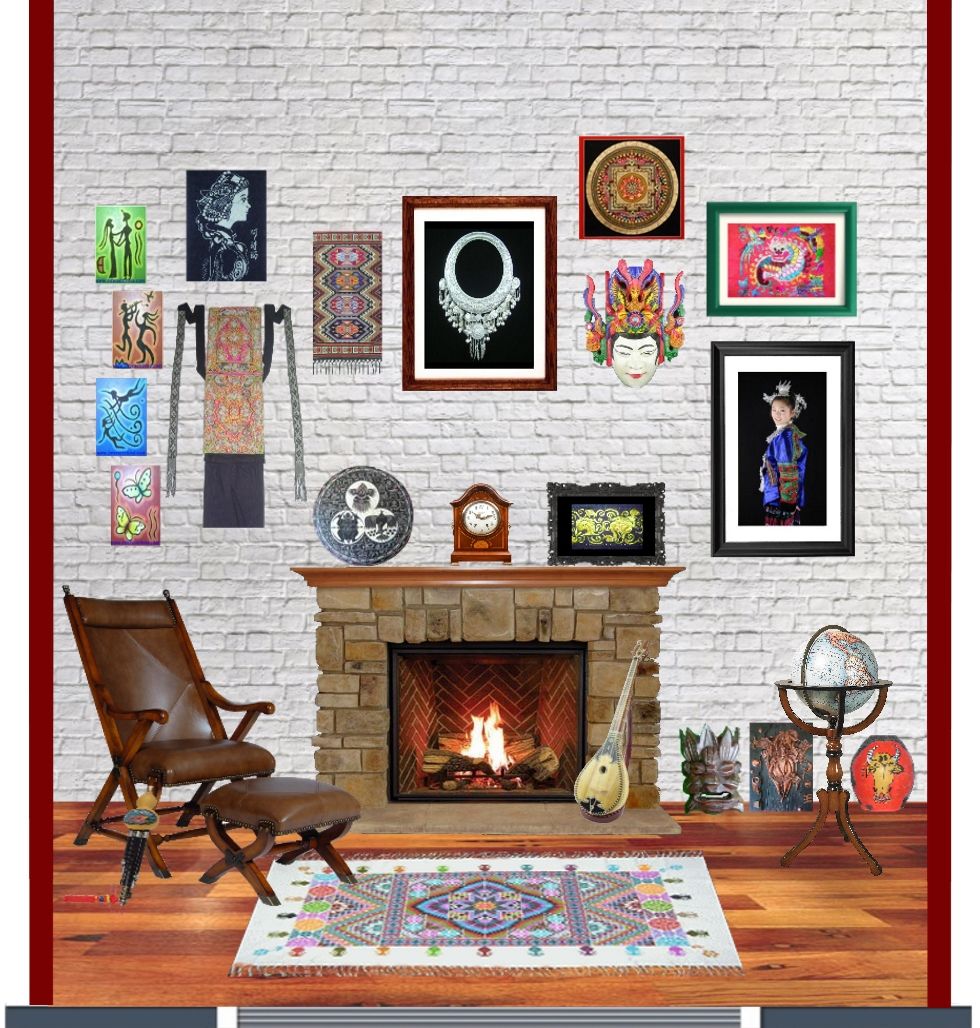The Philosophical History of Kung Fu
28th Jul 2017
The Birth of the Art
The most ancient of martial arts, Kung Fu can be traced back to more than 4,000 years ago when it originated in China as a form of battlefield combat. The Yellow Emperor, who rose to power in 2698 BC, was passionate about writing about several fields, in particular medicine, astrology, and martial arts. He propagated different forms of martial arts, and during the Zhou Dynasty, a philosophical element was given to martial arts that is present in modern-day Kung Fu. This philosophical take was based on ideals of Confucianism and Taoism, and in Taoism, the Ying and Yang (universal opposites) were spectrums for the hard and soft techniques in Kung Fu. The Taoist I-Ching system of divination gave mystical elements to Kung Fu philosophy, enforcing a sense of spirituality. For Confucians, martial arts is one of the “six arts” that should be practiced in life, alongside calligraphy and music, among others.

Elite Warriors from the Shaolin Temple
A few hundred years after Buddhism had made its way to China, the arrival of an Indian Buddhist monk, Bodhidarma, brought his religious influence to the martial arts. He came to the newly established Shaolin Temple, and there is still much discussion amongst historians of whether he introduced the religious element to the Kung Fu practice or if this was already in development by the monks who lived at the temple. Regardless, since then, Shaolin monks have dedicated themselves to Kung Fu and have become elite warriors that have spread their influence and knowledge throughout China. Engaged in numerous military campaigns, they are known for bringing and keeping peace in their province. Experts have travelled to visit them and learn from their Kung Fu secrets, many of which include rigorous daily training hours that are highly demanding for the body and mind. Spin offs of the Kung Fu practice have propagated across China; for example, rival Taoist monasteries have trained different styles of Kung Fu that focus on heavily internal training. Popularity, intrigue and admiration for the practice grew.

Kung Fu Today
In the early 20th century, Kung Fu became mainstream and ceased to be practiced solely by an elite group of expert warriors, adapting to the likes of ordinary people across China and the world. A Chinese cultural recovery was much needed to re-establish thousands of years of building Chin prestigious cultural reputation and pride after the European and the Opium Wars from 1860 to 1939. In an attempt to recapture the Chinese spirit, the government encouraged and made martial arts accessible to the public. This led to a spread of Kung Fu adaptation into literature, film, and several athletic associations devoted to the modernised practice of the art. The central governing body for Kung Fu was established in 1928, and Kung Fu competitions began taking place thereafter. In 1936, Kung Fu was in the global spotlight during its introduction to the Berlin Olympic Games. In 1949, Kung Fu values and ideals were aligned with the Communist Party of China (CPC), and because the CPC did not recognize religious beliefs, Kung Fu was modernised as a sporting version called Wushu. Wushu was present in the 2008 Beijing Olympic Games, and is currently now practiced by many universities and schools, as well as athletic centers in China and around the world. It is clear that what defines Kung Fu practice today is what has always shaped it in the past; its philosophical disposition to the people who can practice and master it.

Written by Monica @ InteractChina.com
Posted by Yuqing @ InteractChina.com
About Interact China
“A Social Enterprise in E-commerce Promoting Oriental Aesthetic Worldwide”
Aileen & Norman co-founded Interact China in 2004 with specialization in fine Oriental Aesthetic products handmade by ethnic minorities & Han Chinese. Having direct partnerships with artisans, designers, craft masters and tailors, along with 12 years of solid experience in e-commerce via InteractChina.com, we are well positioned to bridge talented artisans in the East with the rest of the world, and directly bring you finely selected products that are of good quality and aesthetic taste.
So far we carry 3000+ goods covering Ladies Fashion, Tailor Shop, Home Furnishings, Babies & Kids, Painting Arts, Textile Arts, Carving Arts, Tribal Jewelry Art, Wall Masks and Musical Instruments. Our team speak English, French, German, Spanish and Italian, and serve customers worldwide with passion and hearts.
P.S. We Need People with Similar Passion to Join Our Blogging Team!
If you have passion to write about Oriental Aesthetic in Fashion, Home Decor, Art & Crafts, Culture, Music, Books, and Charity, please contact us at bloggers@interactchina.com, we would love to hear from you!






